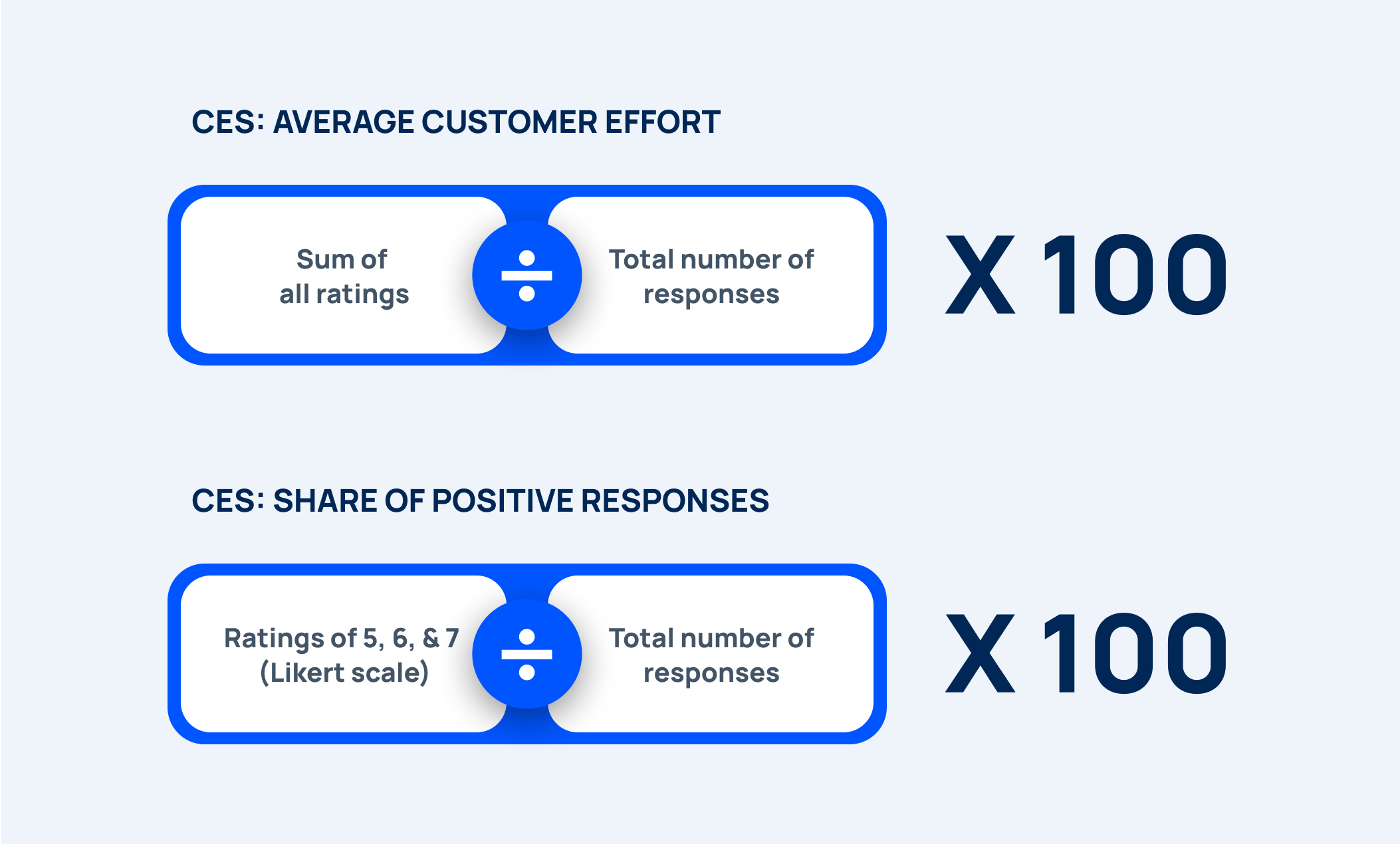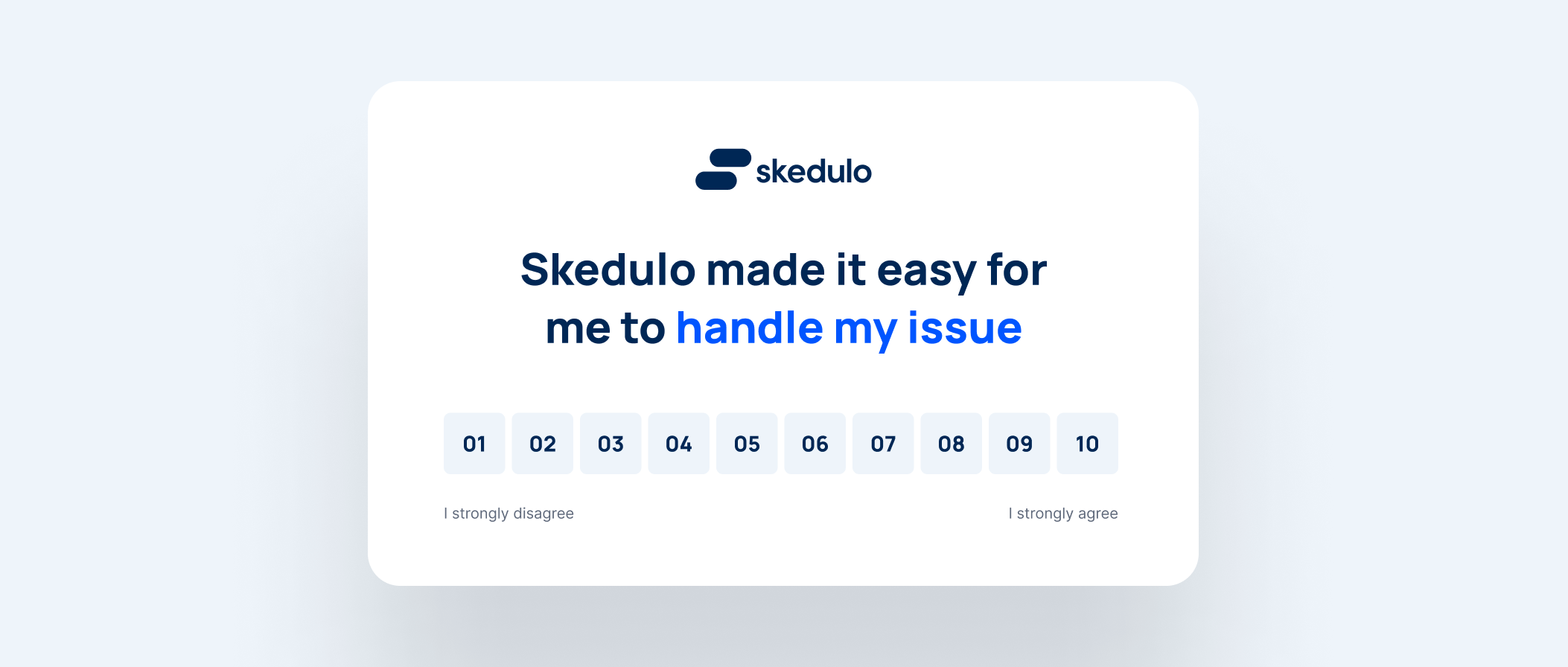Customer Effort Score (CES) and How to Use It
Effort matters.
When a customer can book appointments online, opt-in for automated appointment reminders, and pay quickly with their preferred payment method, they are more likely to be loyal repeat customers. But when they have to contact a business multiple times or jump through hoops to make a purchase, they are far less likely to return.
Reducing the effort required to do business with your company starts with measuring the effort required. Read on to learn more about customer effort scores and how to use them.
Measuring Customer Effort Score
At its most basic level, CES is measured by asking customers about the effort required to complete their desired tasks. Companies can measure the average customer effort and the share of positive responses to set a benchmark, set realistic goals, and track changes over time.
If you use a different scale, such as 1-5 or 1-3, adjust the formula to the range that you define as a positive response. If your measurement system uses visuals like emoticons or icons—more on that below—it will need to be translated into a numerical scale for measurement purposes. The most positive response will become the highest number (3, 5, or 7), and the most negative one will become the lowest number (1).
HOW to measure effort
Regardless of the exact scale, the question measuring customer effort score should be neutral and clear. The simpler the question, the higher the response rate.
Open-ended “write-in” feedback from customers is incredibly valuable, but it should be optional. This will help maximize response rates for the primary CES prompt, while providing a feedback mechanism for customers who want to share more.
There are several ways to ask about customer effort. Here are a few of the most common:
Likert scale
The Likert scale is perhaps the most common way to measure CES. This is a 5- or 7-point rating scale that ranges from strongly agree to strongly disagree, with a neutral option in the middle. It measures the user’s sentiment toward a given statement, such as “Skedulo made it easy for me to handle my issue.” This question can be customized to match the workflow so the wording is different at different steps, e.g. measuring CES when scheduling an appointment vs. when interacting with customer support about a problem.
How Skedulo affects customer effort
Delivering an excellent, low-effort experience requires the right technology. Customer portals, scheduling tools, web design, and more—all the pieces must come together seamlessly.
Skedulo is a mobile workforce management platform that enables companies to deliver a consistently great experience. Operations teams can create custom forms to match their unique workflow and make low-code adjustments as needed. Skedulo integrates with other top software providers so employees can access key job details that make them more prepared to do the work.
With a customized workflow for customers and a highly capable staff, CES results will head in the right direction. See what makes the Skedulo Pulse Platform unique and how it can help improve customer service.





